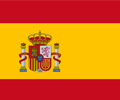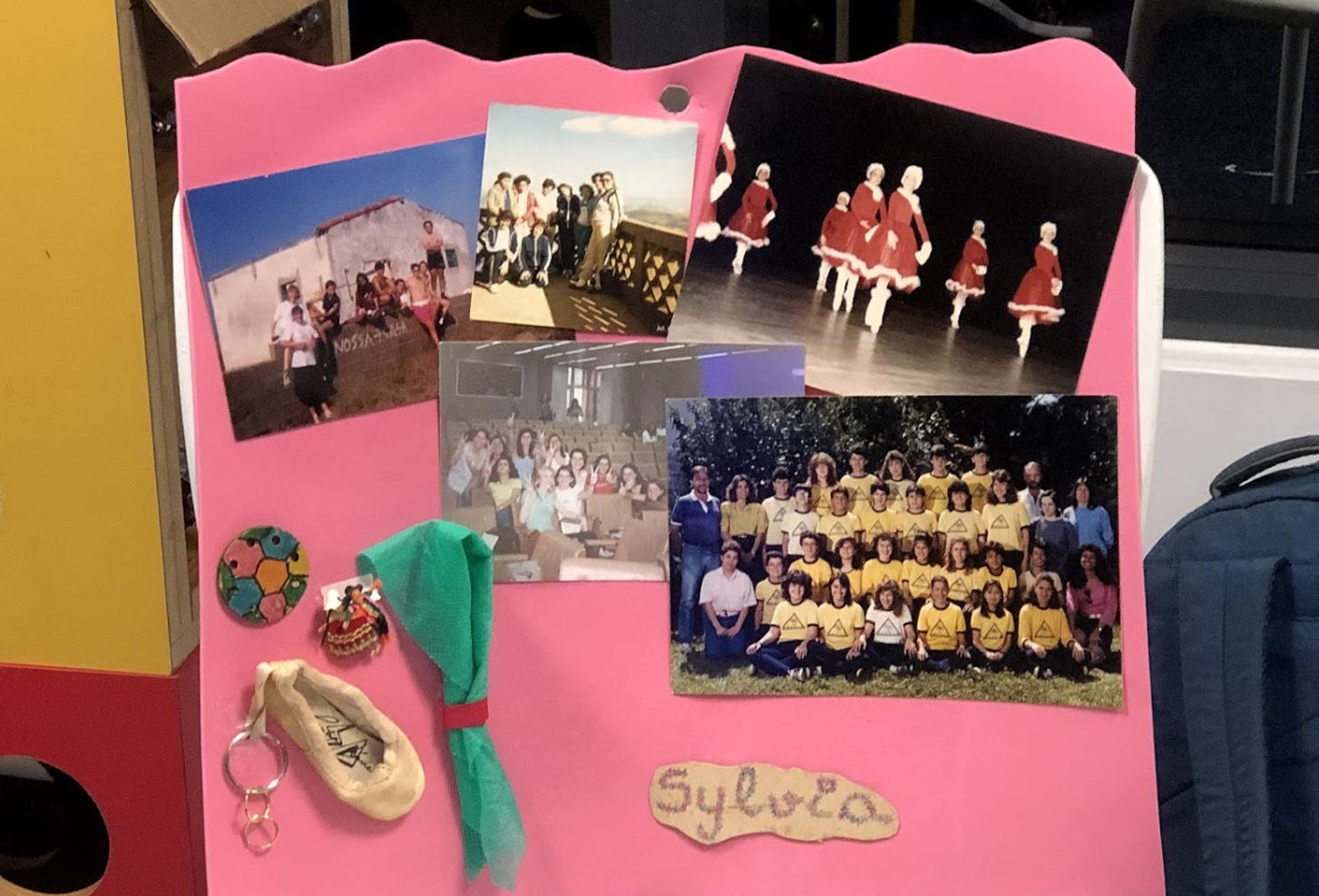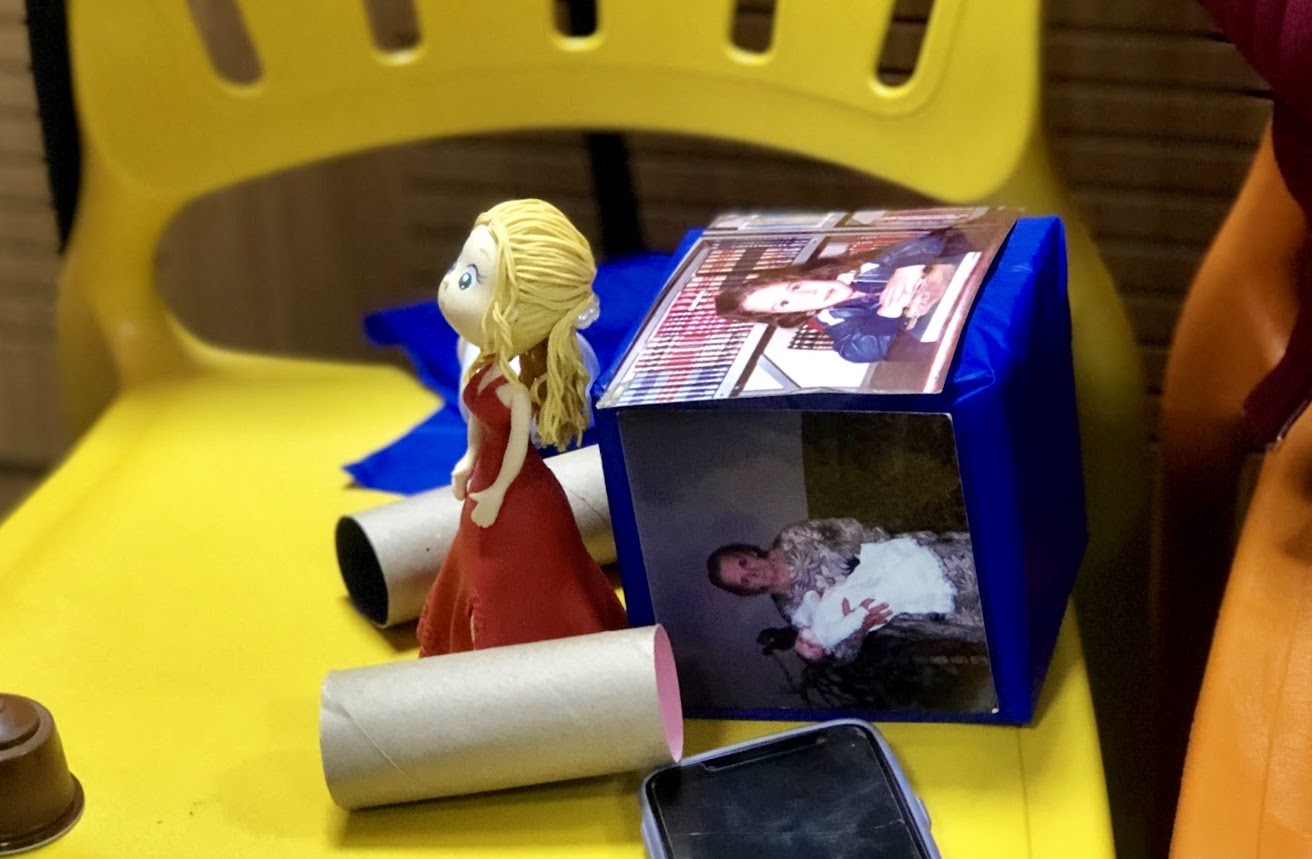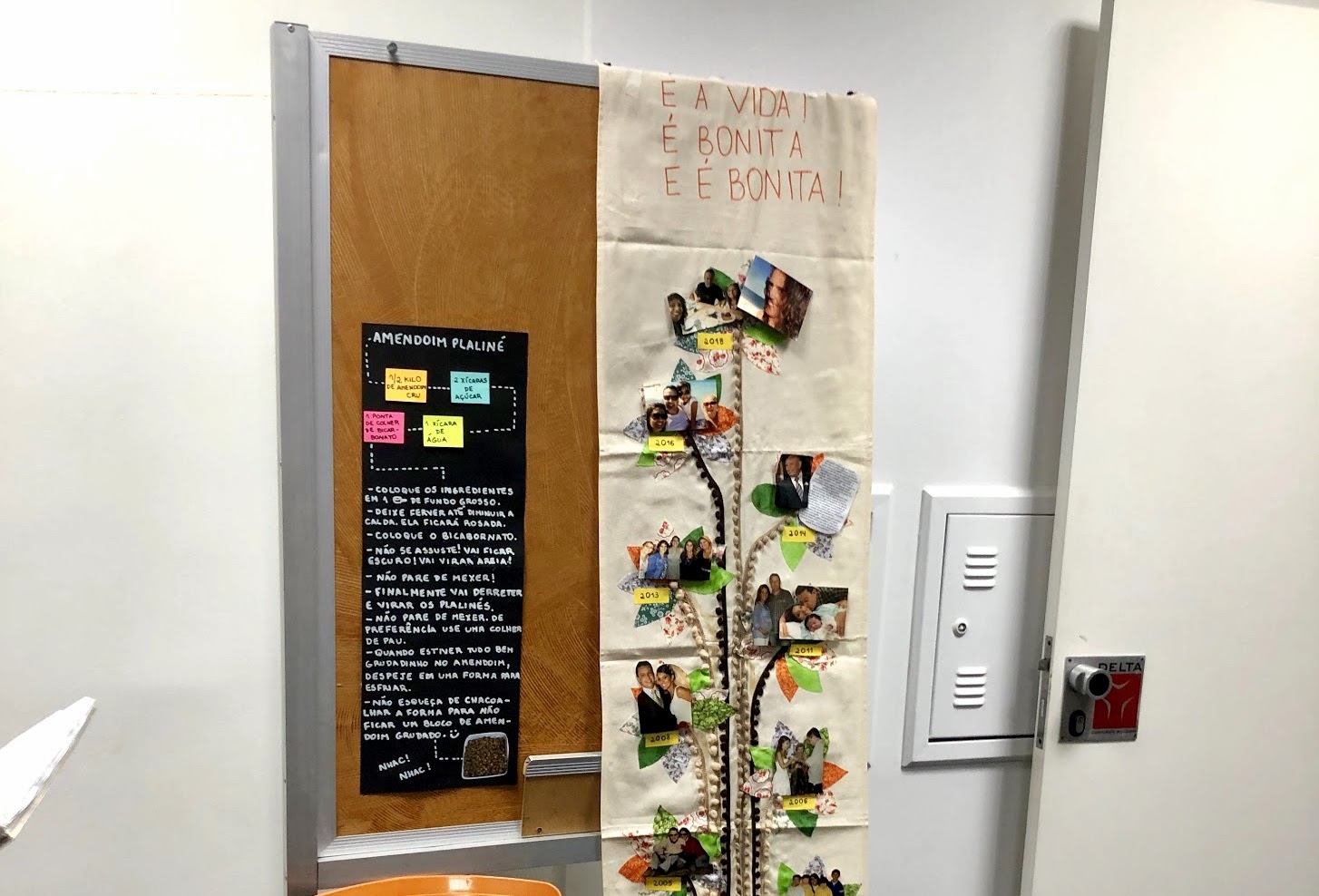What things, recipes and moments have left a mark on your life?
And on your family’s?
Make your own museum to collect memories.
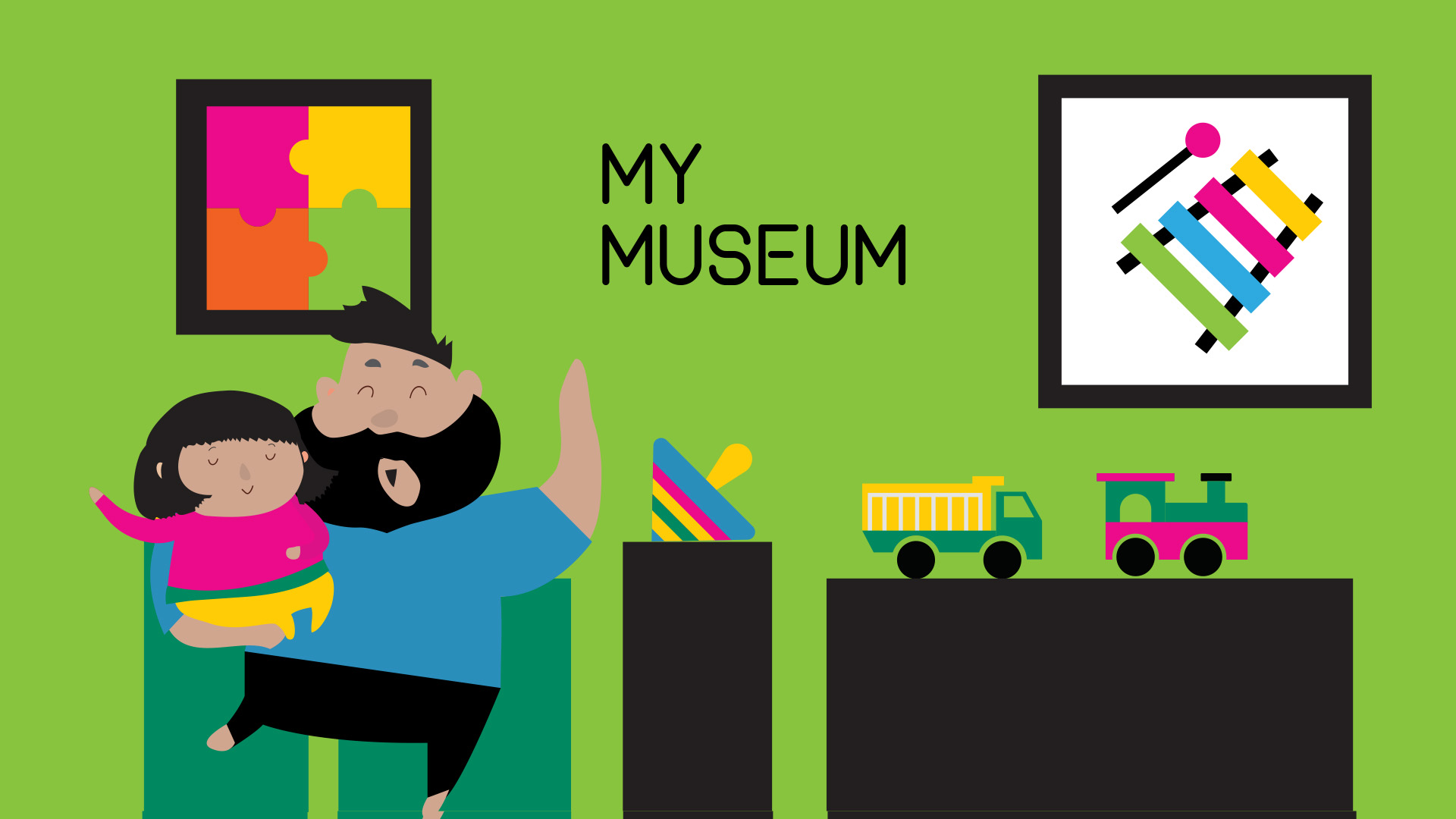
We invite you and your family to transform your home into a museum for a day or even a weekend! Share memories and funny anecdotes while having fun and creating new and amusing memories!
Materials
You can use whatever material you already have at home. Check out some suggestions:
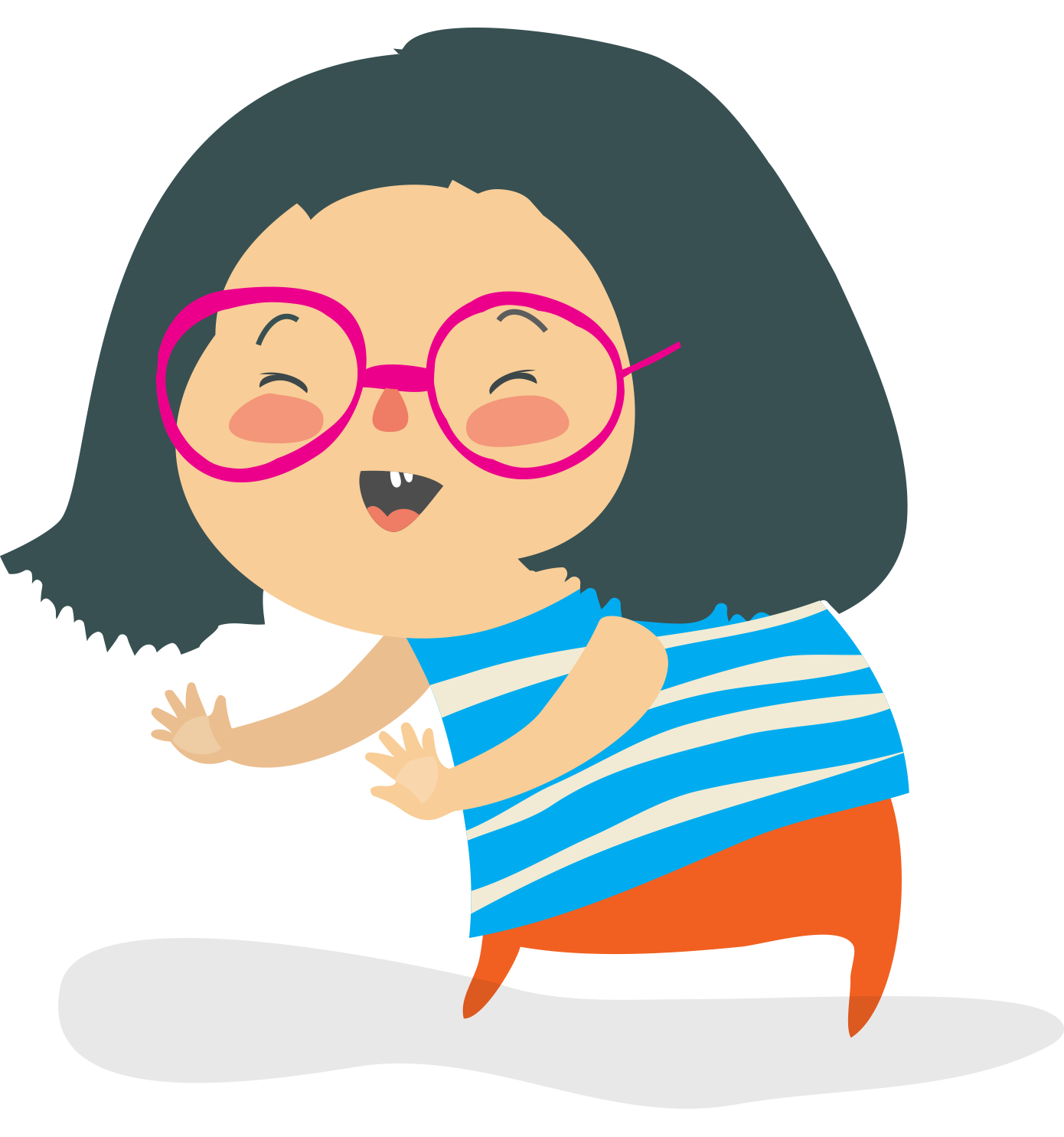
- Pictures
- Letters or any other meaningful document
- Your favorite recipe
- Cardboard
- Pieces of paper (white, colored, magazines, newspapers…)
- Tape
- Assorted jars
- String
- Glue
- Scissors
- Colored pencils
- Color pens
- Pieces of fabric
Steps
Check out this example of how to do the activity:
1. Imagine!
Ask your family to join you and think about moments, objects, tools, food, music or any other element that had or still has an impact on your life. Share some stories to inspire your family members. Show them a photo album, a picture, a toy or any other object you have at home that evokes memories and invite everyone to create something that can also express memories!
2. Create!
Think about a way of displaying your memories and, using any material you have, it’s time to get to work and build something that combines events that are meaningful to you. If you’re doing this activity with other people, you can work together as a group in the same project.
3. Share!
After the creative step, ask everyone to join in and share. Visit each other’s museums, listen to the story behind each one of the objects, drawings and pieces of memories. What makes these elements so special? How are they a part of who you are today and your current interests?
If you built your museum by yourself, show it to your family or even share a picture or video of your project to show it to your friends!
Cool tip
Now that you’ve already created your museum, you can keep it alive! Keep it on display and add more and more elements as you go along.
Acknowledgements
This activity was created by Thais Eastwood as a physical version of the activity “Childhood Objects” from the “Learning Creative Learning” course.
Read more!
